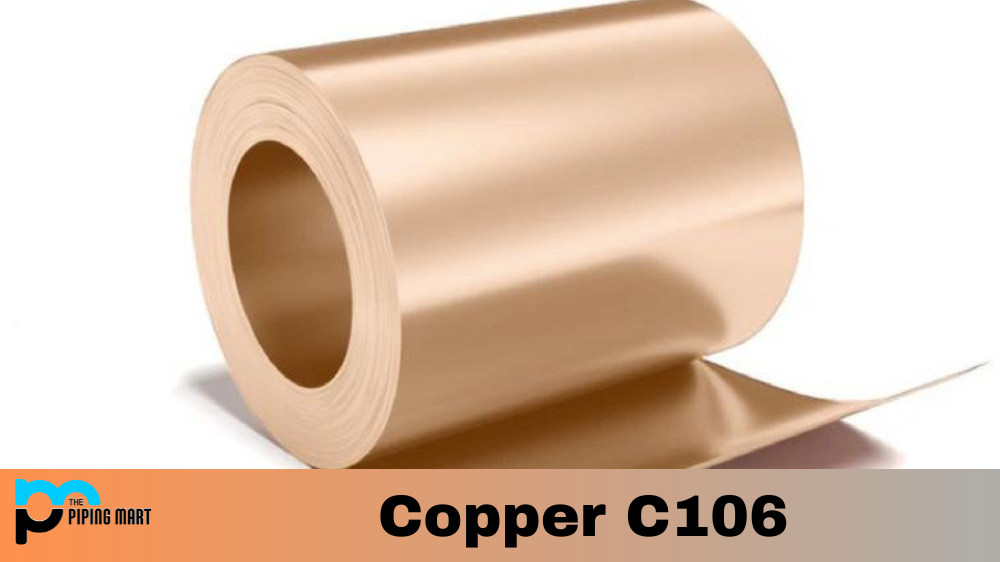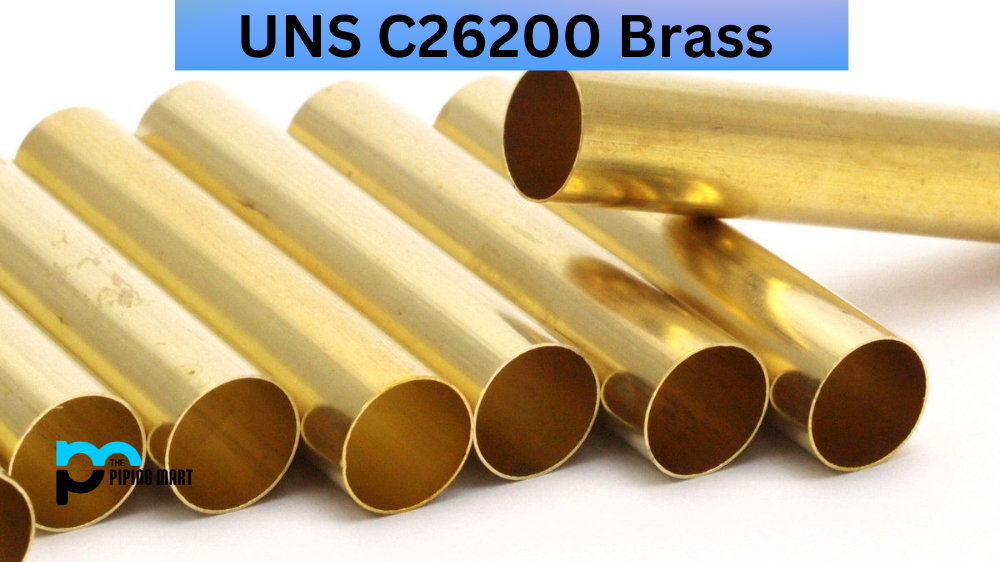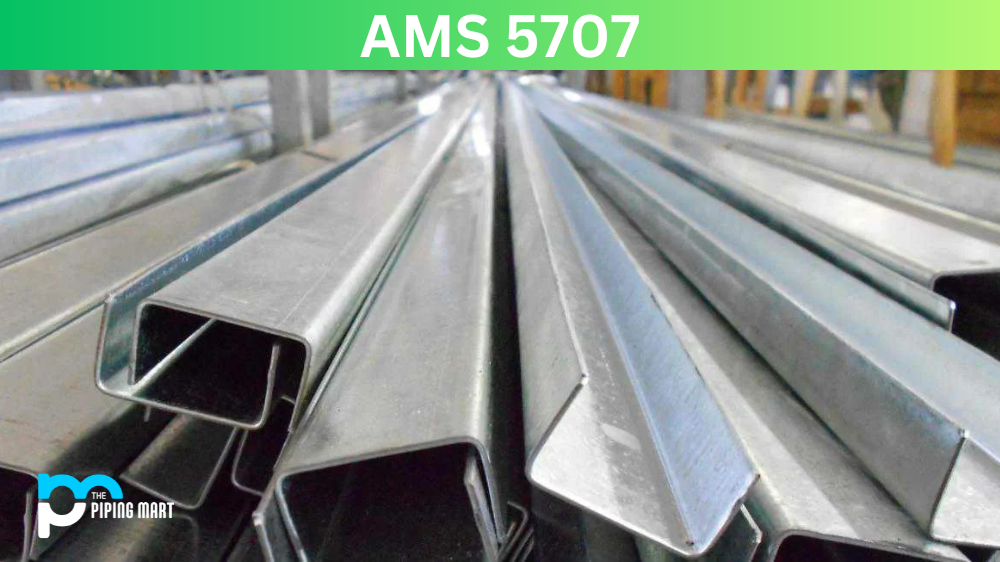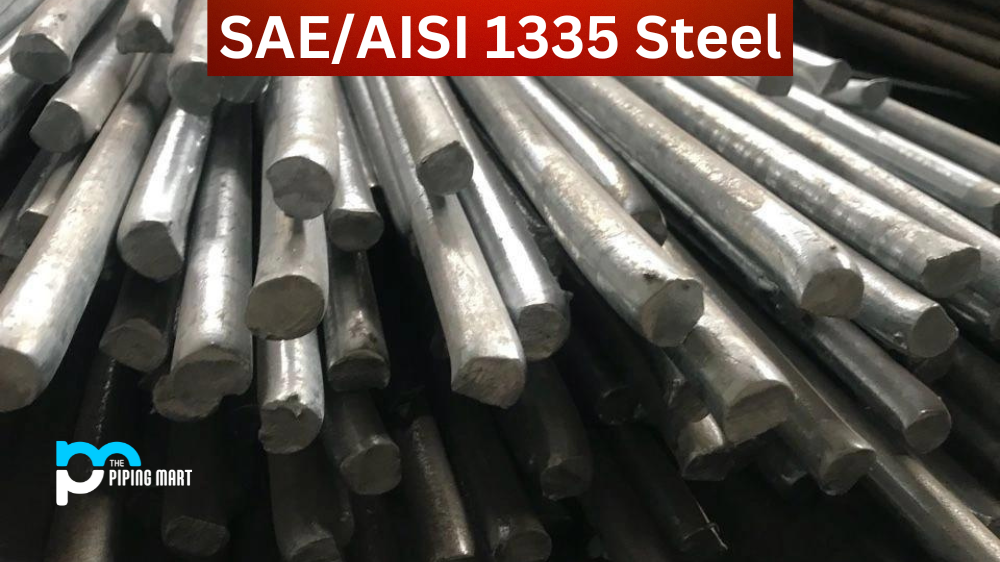Copper C106, also known as ASTM B133, is a copper alloy with a high electrical conductivity that makes it an ideal material for electrical applications. It is particularly valued for its resistance to corrosion and heat, making it useful in many industrial applications. In this blog post, we’ll take a closer look at the composition of Copper C106, its welding properties, chemical properties, mechanical properties, physical properties, uses, and more.
What Forms is Copper C106 Available at Piping Mart?
- Copper C106 Pipes
- Copper C106 Tubing
- Copper C106 Sheet
- Copper C106 Plates
- Copper C106 Bars
- Copper C106 Bolts
- Copper C106 Nuts
Copper C106 Chemical Composition
CU C106 is made up of 99% copper and 1% phosphorus. This combination gives it excellent electrical conductivity and corrosion resistance. It is also resistant to oxidation when exposed to air or other materials. As a result, it can be used in various industries for electrical components such as connectors and terminals.
|
% |
C106 |
|
Others (Total) |
0.0-0.10 |
|
Copper (Cu) |
Balance |
Copper C106 Chemical Properties
Copper C106 has excellent corrosion resistance due to its high levels of copper content. Its corrosion resistance makes it ideal for use in wet environments where exposure to water or other liquids could cause rust or corrode metals like carbon steel or stainless steel. Its low phosphorus content also helps prevent stress cracking caused by hydrogen embrittlement during welding processes.
Copper C106 Mechanical Properties
The mechanical properties of Copper C106 make it highly desirable for engineering applications that require strength as well as good electrical conductivity. It has a good tensile strength (140 MPa) and elongation (35%), which makes it suitable for structural components that need both flexibility and durability such as conduit fittings or transformer housings. Additionally, its ductility allows it to be formed into complex shapes without compromising its structural integrity.
|
Grade |
C106 |
|
Tensile Strength |
200 – 360 MPa |
|
Proof Stress |
50 – 340 MPa |
|
Elongation A50 mm |
50 – 5 % |
|
Hardness Vickers |
40 – 110 Hv |
Copper C106 Physical Properties
One of the most important physical properties of Copper C106 is its high electrical conductivity which makes it ideal for use in electronic components such as relays and switches, in addition to being highly resistant to corrosion and oxidation when exposed to air or water vapours making it suitable for use in wet environments like swimming pools or outdoor wiring projects where exposure to moisture could compromise other metals like aluminum or stainless steel alloys. Additionally, copper c-106 has a relatively low melting point (1082°C) which means it can be easily manipulated using hot-working methods like forging and extrusion without compromising its strength or ductility, making it an ideal choice for many engineering applications requiring both formability and strength such as pump housing covers or gearboxes housings among others.
|
Value |
|
|
Density |
8.92 g/cm3 |
|
Melting Point |
1083 °C |
|
Modulus of Elasticity |
117 GPa |
|
Electrical Resistivity |
0.203 x 10-6 Ω.m |
|
Thermal Conductivity |
391.2 W/m.K |
|
Thermal Expansion |
16.9 x 10-6/K |
C106 copper Equivalent
|
CEN |
BS |
UNS |
ISO |
|
CW024A |
C106 |
C12200 |
Cu-DHP |
Copper C106 Uses
Copper C106 is used for various applications, from medical and telecommunication technologies to high-tech electronics. Its great electrical properties make it ideal for carrying current through cables and wires used in most modern household appliances. Additionally, due to its malleability, it’s often chosen to construct flexible tubes that must be bent into certain shapes or structures for use in vehicles, planes, and other places where flexibility is necessary. Copper C106 is also an excellent heat conductor, so it’s often chosen as an industrial material to cool down chemical reactions during production processes. The possibilities and uses are endless!
- Copper is an essential trace element in the human body.
- It is required for the proper function of several enzymes and plays a role in iron metabolism.
- Copper is found in various foods, including beef, liver, oysters, spinach, and chocolate.
- The recommended daily intake of copper for adults is 1-3 mg/day.
- Copper deficiency can lead to anaemia, bone problems, and cardiovascular abnormalities.
- Copper toxicity can cause gastrointestinal distress, liver damage, and kidney failure.
- Copper has a variety of industrial uses, including electrical wiring and plumbing.
- It is also used in coins, jewellery, and as a pigment in paints and dyes.
- Copper is mined in a number of countries, including Chile, the United States, and Australia.
- Recycling copper can help to reduce environmental pollution and conserve resources
Copper C106 Specifications
• BS2874: C106
• BS EN 13601: CW024A
• C12200
• Cu-DHP
Corrosion Resistance
Copper C106 is one of the most corrosion-resistant metals available, making it a great choice for any application that requires durability against harsh weather and chemicals. Its completely solid structure gives it an edge in resisting oxidation and developing a protective patina over time. Copper C106 maintains its original properties over a wide range of temperatures due to its high thermal conductivity and low thermal expansion rate. It can also withstand extreme loads without strain or deformation, making it perfect for areas with heavy loads and tight spaces. With its corrosion resistance while still remaining ductile, malleable and economical, copper C106 is the perfect choice for many applications.
Welding
Copper C106 can be welded using oxyacetylene flame brazing or gas-shielded arc welding processes. The welds formed are strong yet ductile due to the low melting point of the phosphorus alloy used in this grade of copper alloy. When welding with an oxyacetylene flame brazing process, use an inert gas such as argon to protect the weld area from atmospheric contamination.
Heat Resistance
C106 Copper has impressive heat resistance capabilities. It is used in applications which require more dependable performance than regular steel and other metals at high temperatures. This alloy can resist up to 327°C (620°F), making it a popular choice for applications that can handle high-temperature ranges, such as ceramic kilns and electronic components. Beyond its heat resistance properties, copper C106 also has excellent weldability and formability characteristics, allowing for components to be easily manufactured with this alloy. Copper C106 is an invaluable material for applications requiring superior heat resistance performance.
Heat Treatment
Heat-treating copper alloys can be tricky to get just right, and one of the most difficult types to produce is the Copper C106. Proper planning and technique can make good quality products by heat treating this alloy. This type of heat treatment process includes two distinct procedures: annealing at 750 °C and homogenizing at 900 °C. When this procedure is followed correctly, it creates a semi-finished product with high strength and extreme stability used in many industrial applications. Many professionals rely on Copper C106’s strength and resistance in their operations, and it is due to careful heat treatment that those properties remain consistent throughout its use.
Machining
CU C106 machining represents one of the most complex tasks a professional machinist could challenge. Even with the use of an advanced CNC machine, decision-making is required to ensure cutting strategies are optimized and yields are maximized. The tooling string must be carefully selected based on material type, geometric form, interior features and customer specifications. Depending upon the operations being performed and existing system constraints, up to twenty or more individual machines or functions may be strung together before a product is ready for customer shipment. Effective communication between involved personnel is key to ensuring seamless transitions between processes and timely delivery of the finished product.
Conclusion
In conclusion, copper c-106 offers many advantages over other metals due to its excellent combination of physical properties, including high conductivity, corrosion resistance, heat resistance, and machinability. With these qualities combined with its relatively low cost compared to other metals, it is no wonder why copper c-106 has become one of the most popular metals among engineers today. Whether you need an electrical component, a structural component, or just something that needs flexibility while maintaining strength, copper c- 106 can do the job! Thanks for reading about what makes copper c- 106 so great! We hope this information was helpful!
Sakshee is a talented blogger, with a particular focus on the Business and Metal Industry. She is passionate about sharing her insights on various metal products and helping professionals to make a better decisions.




